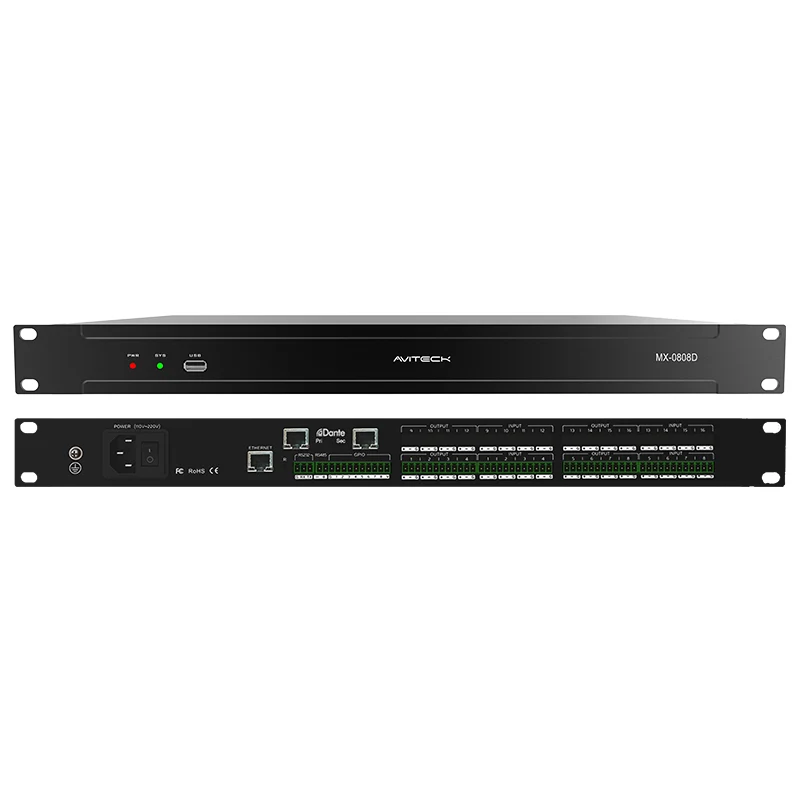
- English
- Español
- Português
- русский
- Français
- 日本語
- Deutsch
- tiếng Việt
- Italiano
- Nederlands
- ภาษาไทย
- Polski
- 한국어
- Svenska
- magyar
- Malay
- বাংলা ভাষার
- Dansk
- Suomi
- हिन्दी
- 繁体中文
- العربية
- Indonesia
- فارسی
- Eesti Keel
- Srpski језик
- Afrikaans
- icelandic
- беларускі
- Hrvatski
- ភាសាខ្មែរ
- ქართული
- Maori
- Тоҷикӣ
- O'zbek
- Հայերեն
- Lietuvos
- שפה עברית
- Pilipino
- Türkçe
- Gaeilge
- Norsk
- český
- ελληνικά
- український
- български
- ລາວ
- Latine
- Қазақша
- Slovenský jazyk
デジタルオーディオプロセッサのパフォーマンス指標は何ですか?
2023-02-20
Audio processors are audio processing devices that we often use when using many large electronic devices. They can help us control music or soundtracks, produce different sound effects in different scenes, increase the impact of music or soundtracks, and control many audio functions on the scene. Before choosing a suitable audio processor, we can first understand the relevant performance indicators.
Frequency response: Here, frequency response refers to the amplitude-frequency characteristic, usually based on the intermediate frequency. Within the rated frequency range, the logarithm of the ratio of the maximum and minimum output amplitudes to the intermediate frequency is expressed in dB.
Dynamic range: refers to the logarithm of the ratio of the maximum undistorted level to the noise level, and the unit is also dB. Therefore, the difference between the dynamic range and the maximum output level in dB also indicates the noise level of the audio processor.
Distortion: This distortion actually refers to the percentage of nonlinear distortion (harmonic distortion) of the waveform.
Common mode rejection ratio: The logarithm of the ratio of the amplification factor of the balanced input to the differential mode signal to the amplification factor of the common mode signal, expressed in dB. In other words, it is the ability of the audio processor to suppress common-mode signals. If the balanced input wiring is relatively long and may be close to the source of electromagnetic interference, then a high common-mode rejection ratio can better resist interference.




